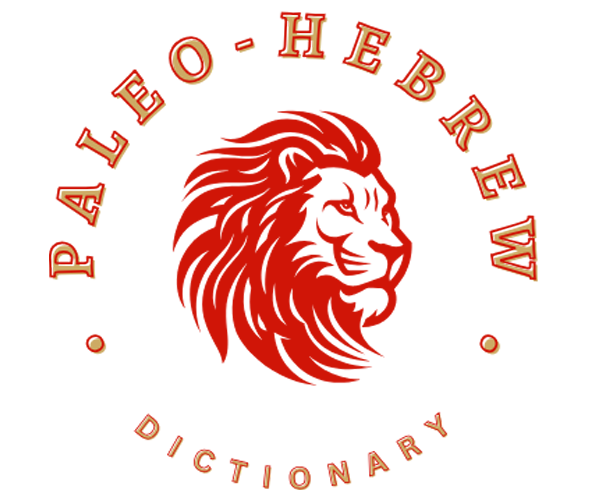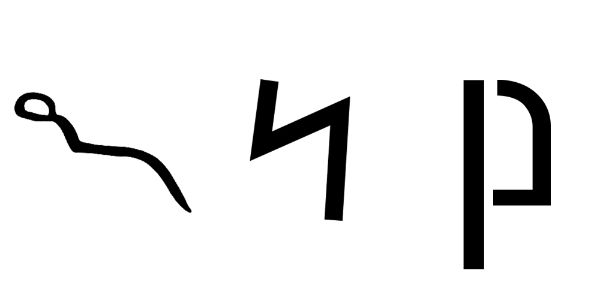« Back to Glossary Index
Synonyms:
𐤍
The letter nauan (𐤍) or N/n is the fourteenth letter in the Afroasiatic language known as Paleo-Hebrew (Ābarayat). The letter has been equated with the letter N in the English language. The letter is widely accepted as only having one English equivalent in pronunciation and function.
Extended Study for 𐤍 (n)
To read the study guide entry that elaborates on 𐤍 (n) then join our Extended Study Membership at https://www.paleohebrewdictionary.org/extended or use phdict.org/extended to share a short link with others.





